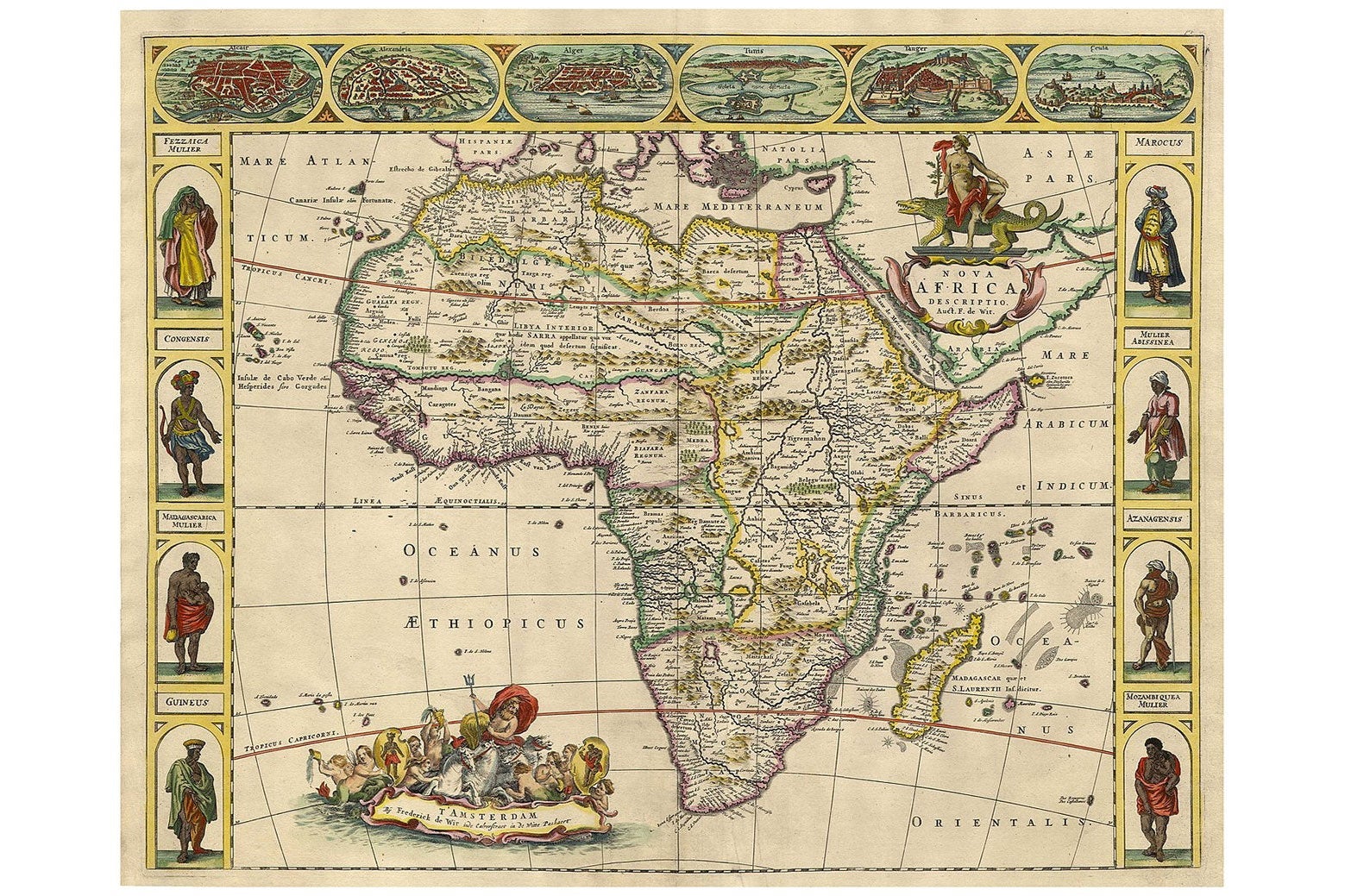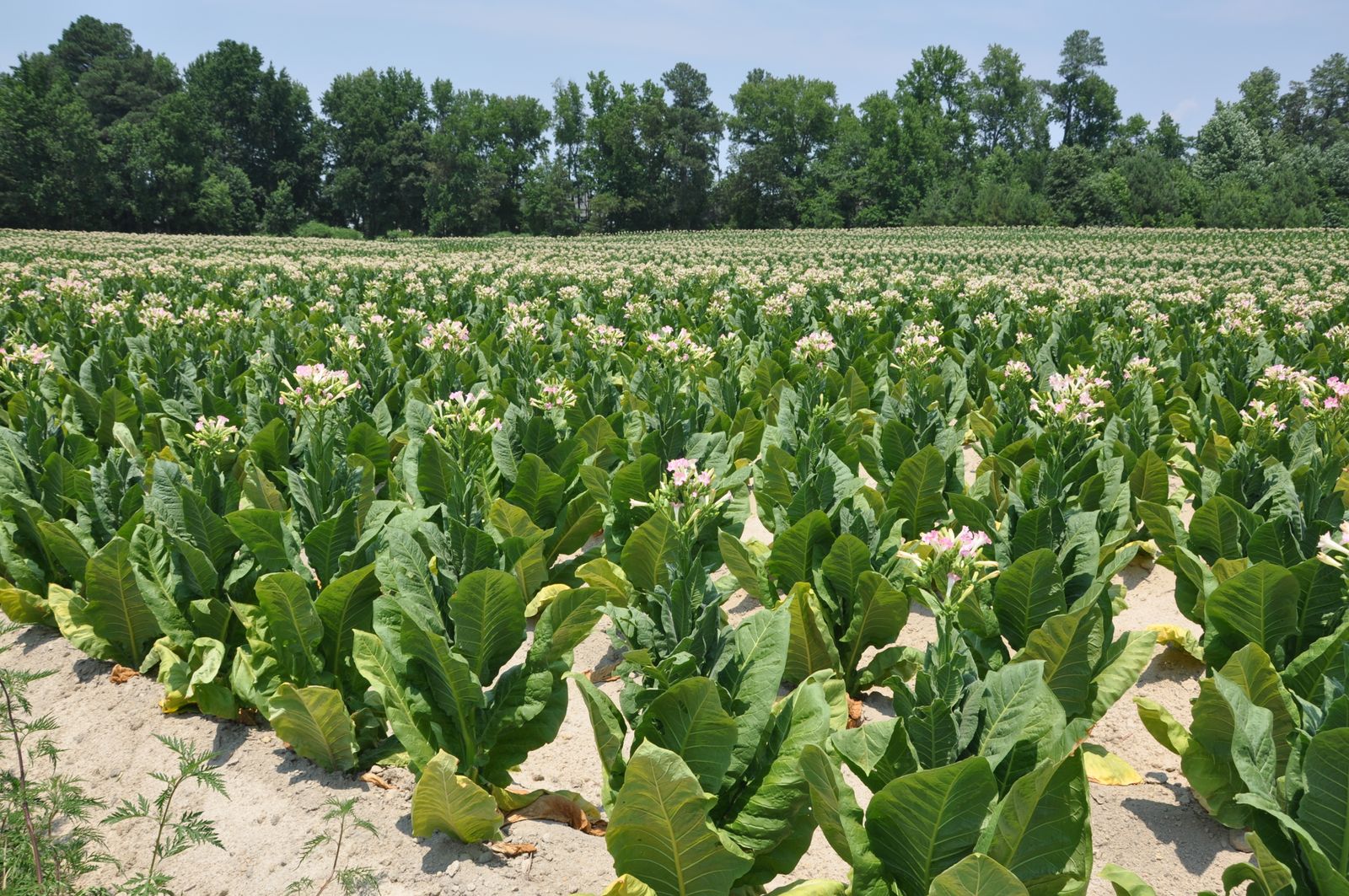GROWING RICH WITH SLAVERY
ROYALTY
In the early 18th century, Kings of Dahomey (known today as Benin) became big players in the slave trade, waging a bitter war on their neighbours, resulting in the capture of 10,000, including another important slave trader, the King of Whydah. King Tegbesu made £250,000 a year selling people into slavery in 1750. King Gezo said in the 1840's he would do anything the British wanted him to do apart from giving up slave trade:
"The slave trade is the ruling principle of my people. It is the source and the glory of their wealth…the mother lulls the child to sleep with notes of triumph over an enemy reduced to slavery…"
The Story of Africa| BBC World Service
African Royalty may have been involved,
And British Royalty brought the ships to make the Slave Trade Possible.
The slave-trading initiatives endorsed by the English monarchy began with Queen Elizabeth I’s enthusiastic support of
John Hawkins’ slaving expeditions in the 1560s. In three separate voyages backed by government officials, London merchants, and the queen, Hawkins raided African settlements on the West African coast and seized hundreds of enslaved captives from Portuguese ships. In defiance of Portugal’s dominance over the European slave trade in Africans, Hawkins sold his cargo of African captives in the Spanish Caribbean. After his profitable second voyage, the queen honored Hawkins with a
coat of arms and crest featuring a nude African bound with rope.
During the reign of King Charles II, from 1660 to 1685, the Crown and members of the royal family invested heavily in the African slave trade. Seeking to bolster the wealth and power of the restored monarchy and to supplant the Dutch in the Atlantic trading system, Charles granted a charter to the Company of Royal Adventurers Into Africa, a private joint-stock company, less than six months after ascending the throne. The charter gave the Royal Adventurers a 1,000-year monopoly over trade, land, and adjacent islands along the west coast of Africa stretching from what was then known as Cape Blanco (western Sahara) in the north to the Cape of Good Hope in the south. The king lent the company a number of royal ships, including a vessel called the
Blackamoor, and reserved for himself the right to two-thirds of the value of any gold mines discovered. Controlling English trade with West Africa—in gold, hides, ivory, redwood, and, ultimately, slaves—offered the prospect of a revenue stream that would enable the Crown to gain financial independence from Parliament.
An empire built on the backs and blood of enslaved Africans.

slate.com
As we know, no trade with the British Colonies in North America was permitted without the express permission of the British Crown.





